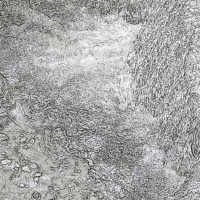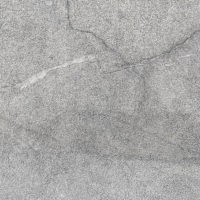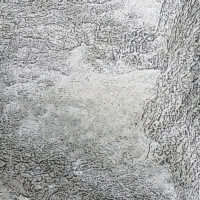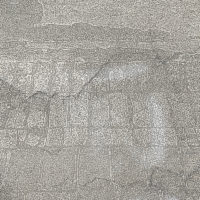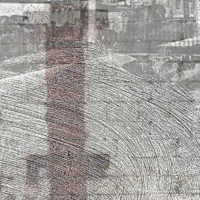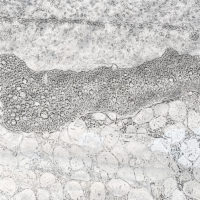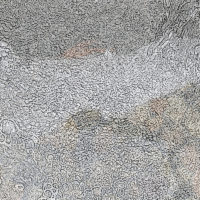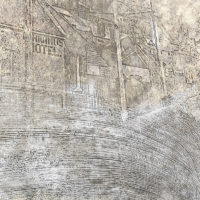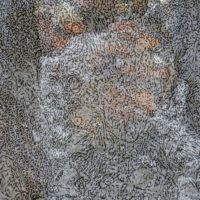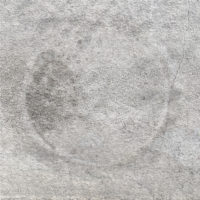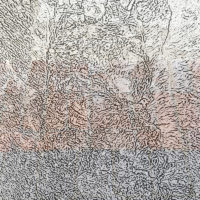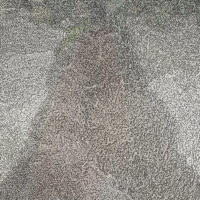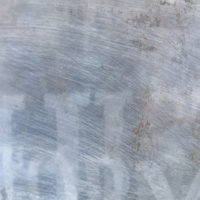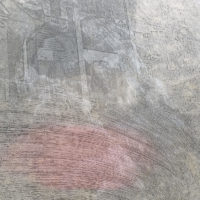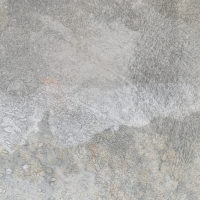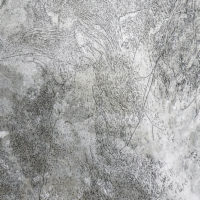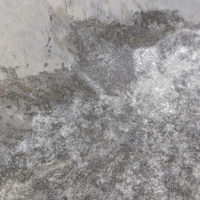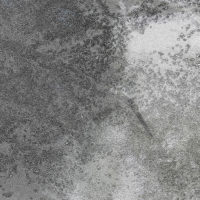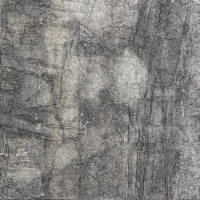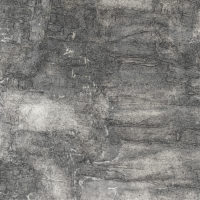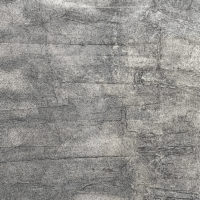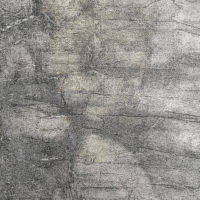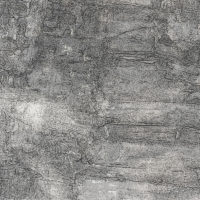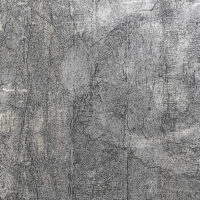Correspondences was an exhibition held at the Plimsoll Gallery in Hobart, Australia, in September 2016.
All the work shown in Correspondences was made during an International Artist Residency at the School of Art at the University of Tasmania.
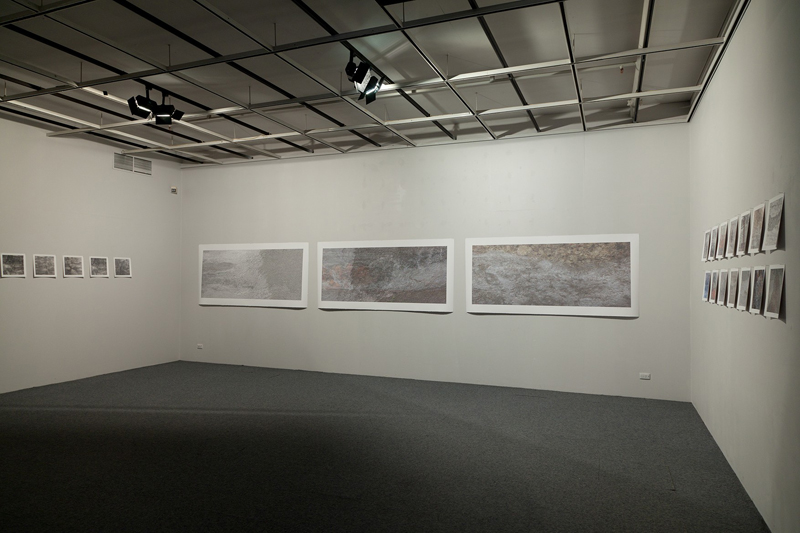
International Artist Residency
I was invited to be an international artist in residence at the art school and spent 5 weeks there in August and September 2016 and was given accommodation on-site and a studio in the printmaking department.
As well as making work for the exhibition I was also involved in organising a 3 day print symposium, gave public talks about my work and sat in an some critiques with 2nd and 3rd year printmaking students.
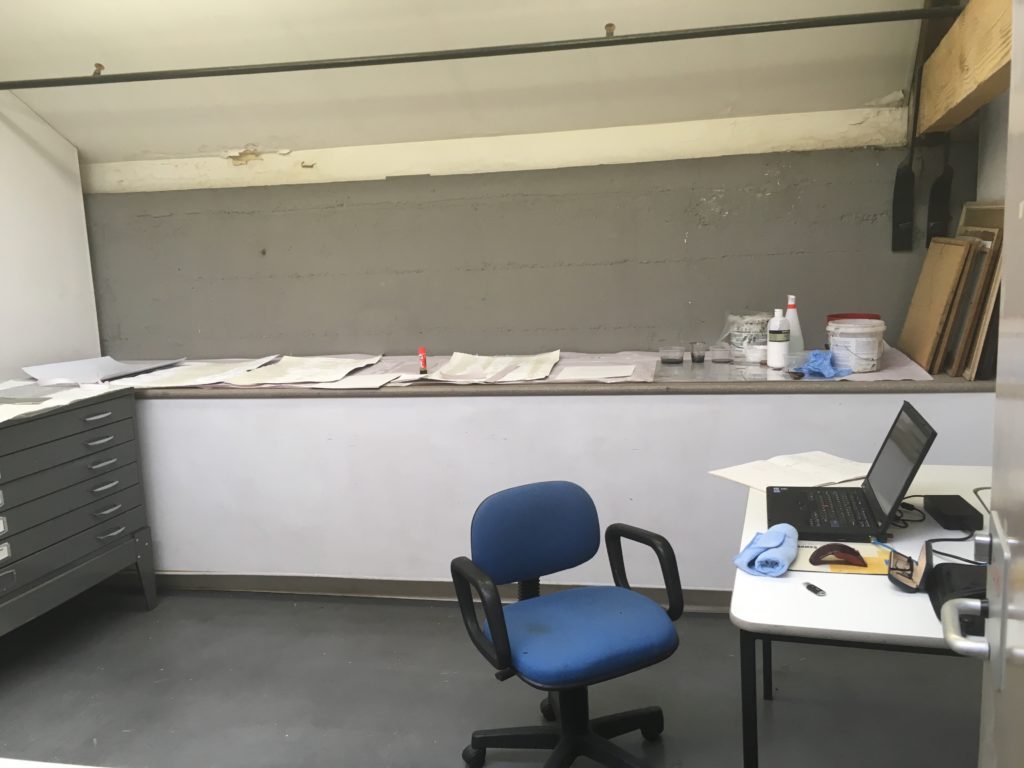
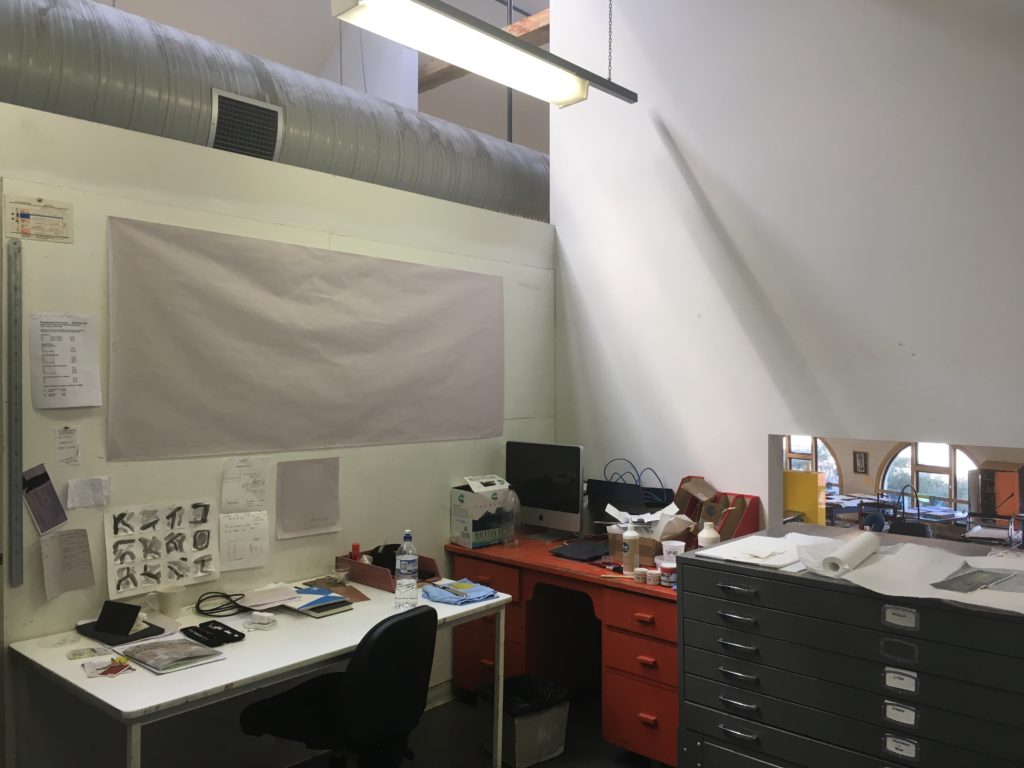
Correspondences Exhibition
A vast amount of logistical planning and preparation goes into a project such as this, however I made no plans as to the actual work I would make in my 5 week stay before arriving. Rather I trusted that my work practice and underlying thinking and interests would allow for what some would call inspiration but what I prefer to think of as connection, or Correspondence.
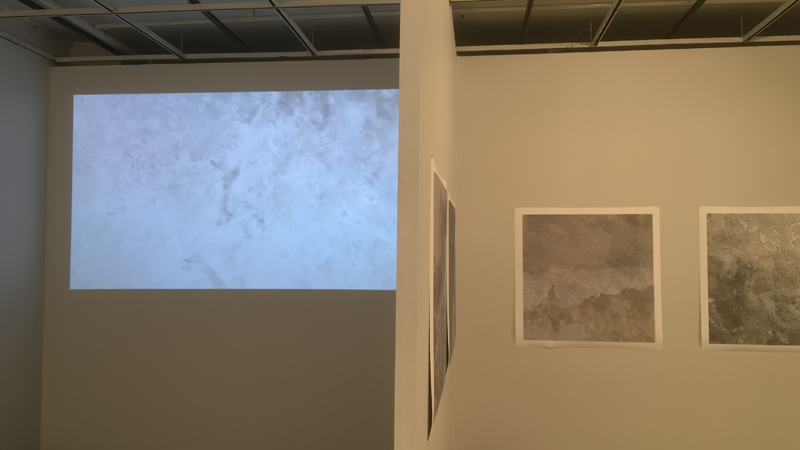
Paul Auster in The Book of Memories (1982, New York, Faber and Faber) writes “Place and image act as catalyst for remembering other things and places and images: things, events, the buried artefacts of one’s own life” and it is these catalysts and correspondences that inform much of my work.
My initial research began by wandering around the city, reading the plaques and explanatory sign boards, visiting the museum, looking, absorbing and sensing the place. I was struck by the fact that the area around the art school had once been known as Wapping.
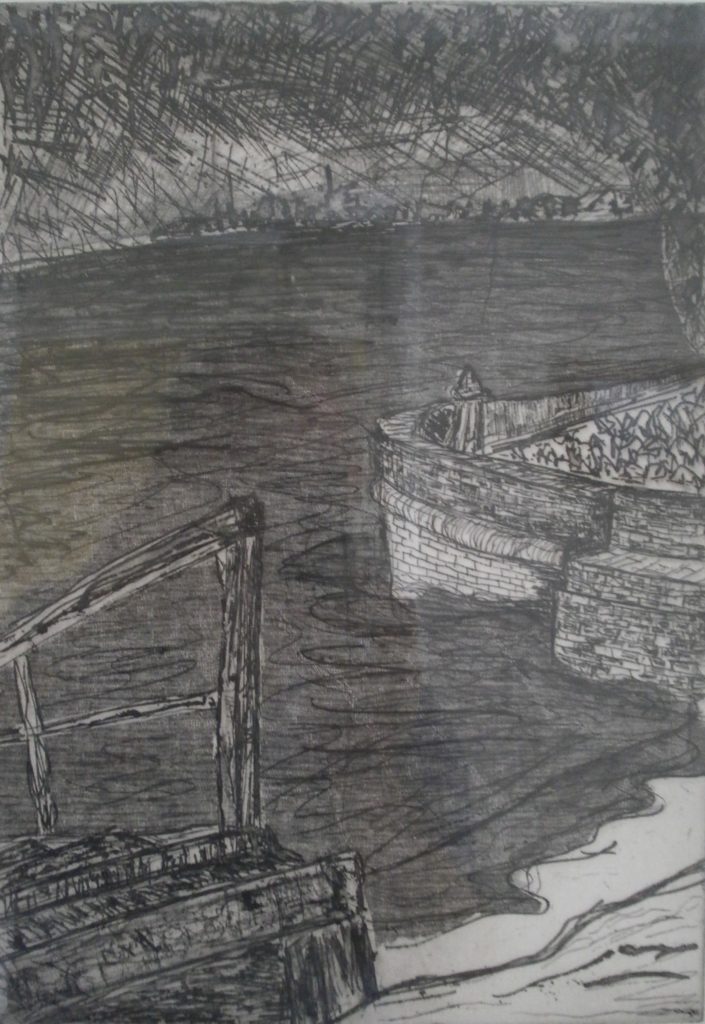
Wapping, in London, was the subject to one of the very first etchings I made as a new art student in 1984 and I had lived in the East End of London before moving to NZ in 2003. This was my first correspondence.
The Hobart Rivulet
Having read about the Hobart Town Rivulet and its importance, its abuse and eventual decline reminded me of many of London’s ‘lost’ rivers. I decided to look for where the rivulet can still be seen and followed its course through the city, upstream along the Rivulet Path and downstream to where it flows into the Derwent River.
The link here was with a wider body of work around water and the passage of time relating to Leonardo da Vinci’s quote “In rivers, the water that you touch is the last of what has passed and the first of that which comes; so with present time”

I found many moving stories in Hobart and these works, made over the 5 weeks of the residency, only begin to scratch the surface of my short experience of the place, they are an initial response infused with memories of other places and reflections on time.
Rivulet Series
A set of large format archival digital prints each 810 mm x 2000 mm
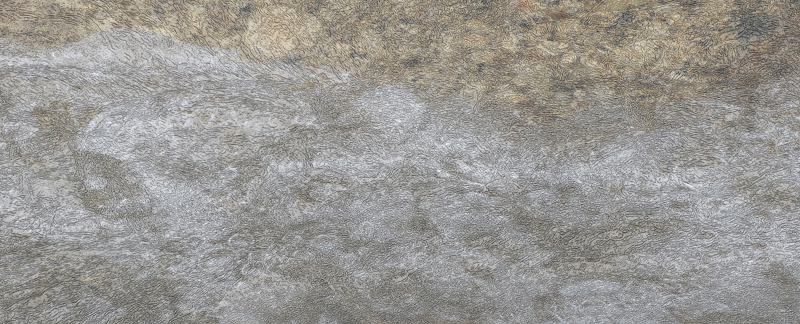
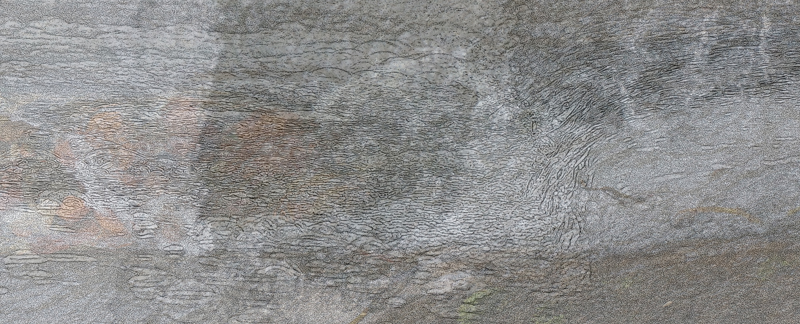
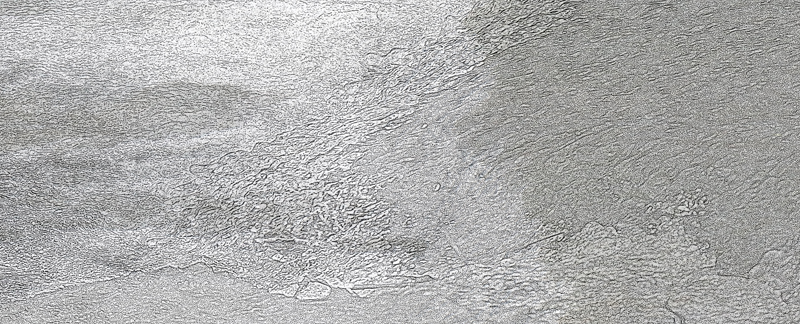
Wapping Series
These works were created from the forms, structures, textures and surfaces in and around the old area of Wapping in Hobart. The prints are all archival digital inkjets 250 x 250 mm
River Series
A set of four large format prints 1000 x 1000 mm.
Two of the images were made using images of the Hobart Rivulet, one uses images of the Kerikeri River and the other the River Ver in St.Albans, UK.
Facade Series
Another set of digital prints, 250 x 250 mm the facade series. The works began as collagraph plates made from paper and plaster. These were printed and the prints then scanned. The prints and plates were then digitally collaged – print 1 with plate 6, print 2 with plate 5, print 3 with plate 4, print 4 with plate 3, print 5 with plate 2 and print 6 with plate 1.
The original collagraphs were abstract responses to the surfaces of the city, the buildings, walls, streets and textures. Façade relates both to the front of a building and a deceptive outward appearance.
Rivulet Video
The exhibition also included a video installation. The video uses imagery of the Hobart Rivulet as it bubbles up through the Wappping memorial.
Rivulet 2016 from Mark Graver on Vimeo.

